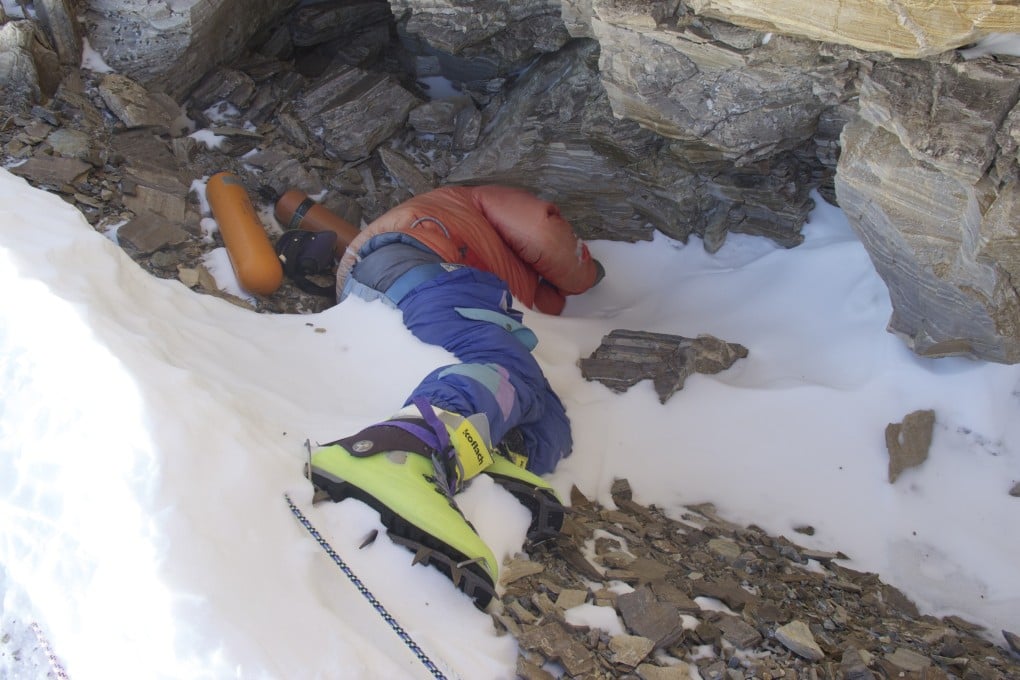Sherpa who retrieved body from Mount Everest death zone recalls dangerous mission, as peak’s reopening to climbers draws near
- Mount Everest has claimed 300 lives, and 150 bodies remain on its slopes because of the expense and danger of retrieving them; a 2017 recovery cost US$200,000
- Ahead of the opening of the climbing season this autumn, authorities and climbing guides are unsure if or when more bodies will be brought down its slopes

Dawa Finjhok Sherpa and his teammates hashed out a retrieval plan as they stood surrounding a dead body in the Himalayas one early morning in May 2017. It had been around a year since Indian climber Goutam Ghosh, a 50-year-old police officer from Kolkata, died near the summit of Mount Everest. His face had turned pitch black, his body as hard as the rock next to it.
Ghosh’s body was at an altitude of around 27,500 feet (8,400 metres). Climbers call that the “death zone”, an area where people can easily die due to lack of oxygen, frostbite and cold. The altitude was one of the many odds Dawa’s team had to overcome.
“He was around six feet tall (1.83 metres) and over 120kg due to snow. It took us almost an hour just to move the body,” says Dawa.

Five Sherpas hauled the corpse in a stretcher as they trekked downhill along a narrow, treacherous path with the help of snow axes and ropes. The use of a stretcher did prevent the frozen body from falling apart, as they had hoped, but it also slowed them down. To make matters worse, people were still summiting, and they had to intermittently give way to avoid traffic jams.